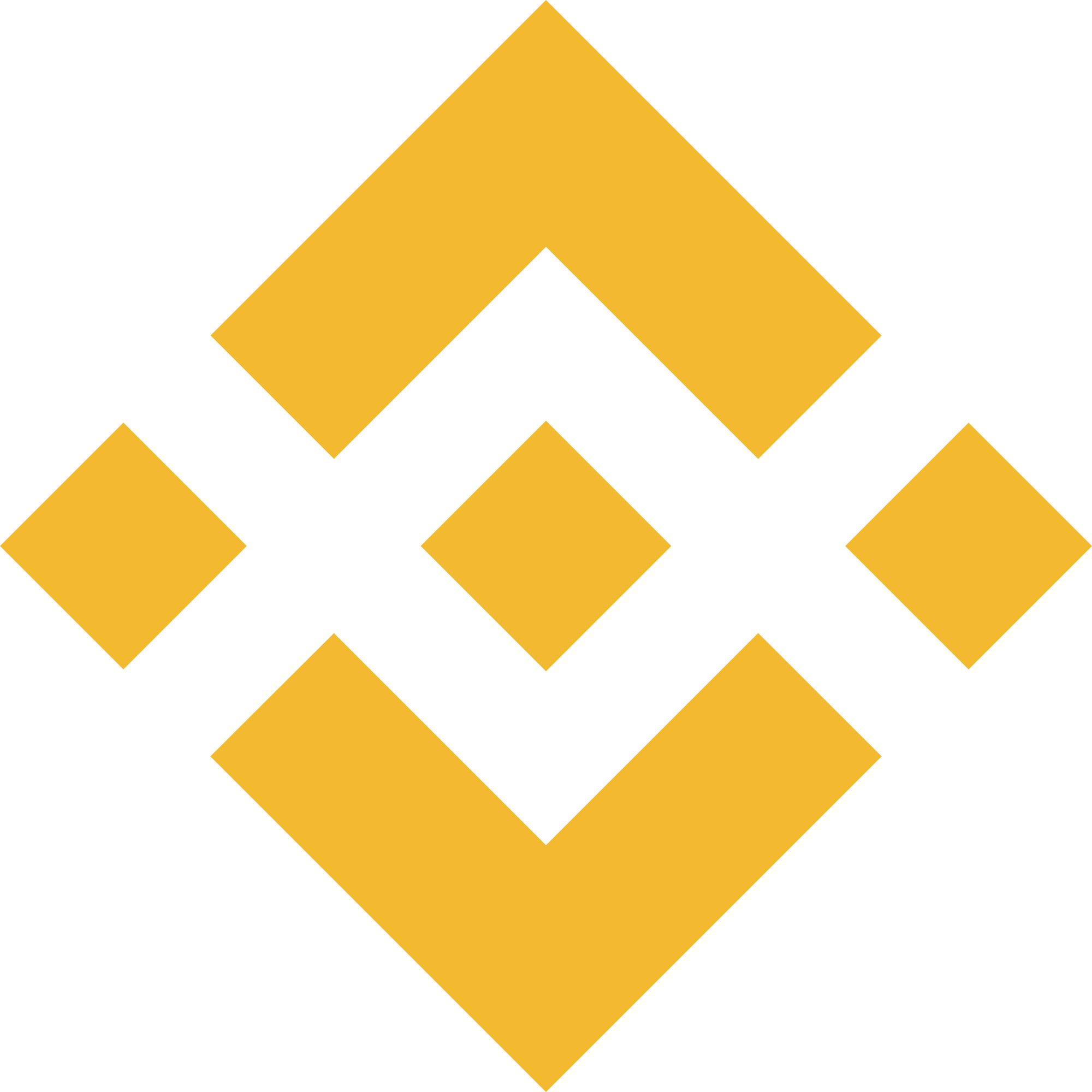Ethereum

Price
24h%
Market Cap
Volume
Supply
What is Ethereum (ETH)
Ethereum is one of the largest decentralised networks on the globe. Similar to Bitcoin, Ethereum is digital money and a payment network, but Ethereum is programmable - you can find financial services, games and social networks all built on the network.
As Ethereum is decentralised, it is a peer-to-peer network with no middleman. This means the sender is directly sending funds to the recipient, with no governing body monitoring or controlling the transaction. The global network is community run, utilising smart contracts and being kept secure using cryptography. Ethereum does not require your personal data and in turn then cannot be shared with any third parties. Ethereum has continued to grow over the years with millions of active users, and many major companies utilising the technology - making Ethereum the 2nd largest cryptocurrency, second only to Bitcoin.
Where to trade Ethereum (ETH)
Being one of the most widely traded cryptocurrencies, Ethereum is available to buy, sell and trade on many platforms. Checkout the table below to compare the most popular exchanges.
| Name | Number of Assets | Trading Fees | Mobile App | Website | |
|---|---|---|---|---|---|
 | Coinbase | 30 | < 1.49% | Yes | |
 | Binance | 600+ | <0.1% | Yes | |
 | Nexo | 59 | <0.5% | Yes |
Roadmap
2013 – Vitalik Buterin releases the Ethereum Whitepaper
After Vitalik first purchased a t-shirt using Bitcoin (BTC), he realised that cryptocurrency ‘works’ and he wanted to take it further. This stemmed the idea to create a new age of online transactions using a decentralised application where platforms and services can be built upon the network.
2014 – Initial Ethereum Sale
For the first time ever, Ethereum became available to purchase using BTC. There were very few places where you could obtain the first batch of ETH, and it was only on sale for 42 days. The yellow paper was also released.
2015 – Mainnet Launch
The Etheruem Network was made live in 2015 and throughout the entire year, the price of 1 ETH remained under $1. The genesis block was created and the initial market supply was only 72 million Ether.
2016 – Major Split
Following a $50 million hack of the Ethereum network, the blockchain split into Ethereum and Ethereum Classic. Ethereum Classic continued as it was but Ethereum was the new and upgraded version to combat the hack. The hack resulted from a flaw in the smart contract software which a hacker exploited. Despite the hack, Ethereum grew stronger and companies like Microsoft and Deloitte started utilising the technology.
2017 – Bancor Protocol
The Bancor Protocol whitepaper was released in 2017 allowing users to trade tokens on the network without using a cryptocurrency exchange. The introduction of many more ERC20 tokens followed this including Brave’s Basic Attention Token (BAT). More major companies such as Amazon started exploring the Ethereum network and its capabilities. The launch of the Enterprise Ethereum Alliance was a major factor to skyrocketing ETH by over 7000%.
2018 – Growth and Adoption
In early 2018, the price of 1 ETH surpassed $1000 for the first time and there were more Ethereum users than those of Bitcoin. A standard for a business-centric distributed ledger based on the Ethereum Blockchain was formed by over 500 companies including Samsung, Intel, Microsoft and JP Morgan. Ethereum’s total market supply exceeded 100 million ETH.
2019 – Consolidation
Following the crash of 2018, Ethereum lost over 80% of its value like many over cryptocurrencies in the space. The market consolidated and Ethereum became the second largest cryptocurrency behind Bitcoin.
2020 – Beginning of ETH 2.0
As the first step towards ETH 2.0, the Beacon Chain was produced allowing users to stake ETH to help secure the network. Binance launched the Ethereum mining pool, and more and more users started staking ETH.
2022 – ETH 2.0 Merge
The long-planned merge of Ethereum was successful in 2022. ETH 2.0 moved Ethereum’s consensus mechanism from Proof-of-Work to Proof-of-Stake, making a faster, more secure and more efficient blockchain.
Ethereum Wallets
You can store Ethereum in many different wallets including Cold Wallets like Ledger, or online wallets like Exodus or MetaMask.
Blockchain & Technology
Ethereum is a decentralised blockchain run by people and their computers across the globe, utilising Proof-of-Stake to secure the network. People secure the network by becoming a validator and staking their ETH. As of September 2022, Ethereum completed ‘The Merge’ upgrade where the network’s consensus mechanism transitioned from Proof-of-Work (PoW) to Proof-of-Stake (PoS). This upgrade was the largest ever implemented to the network and reduced the total energy consumption by over 99%. PoS uses less energy and hardware compared to PoW, and is arguably more secure.
Proof-of-Stake is a network of nodes run by validators with their staked ETH that use various software to verify transactions and create new blocks on the Ethereum blockchain. Validators, pooled or solo, earn rewards for strengthening the network.
Smart contracts are a major feature of the Ethereum network. They are also referred to as decentralised apps (dapps) are what makes Ethereum so different to Bitcoin. Some dapps include trading exchanges, games, financial services apps and much more. They exist and run on the Ethereum network and can never be deleted, only updated. Some of the largest Ethereum dapps include OpenSea, Uniswap and The Great Smurf Land where you can stake ETH and trade NFTs.
Staking with Ethereum
When you stake Ethereum, you earn rewards for helping secure the network. To become a validator, you would need to stake 32 ETH and you are responsible for adding new blocks to the blockchain by storing data and processing transactions, all by using a computer connected to the internet. However, most people prefer not to stake 32 ETH themselves and consider pooled staking. Pooled staking is also referred to as liquid staking and enables people to stake smaller amounts as a community to help run the Ethereum network.
Pooled staking is common for most Ethereum users as it is easier, more flexible and much less complex compared to solo staking. There is no need for the technical know-how, and you can use many different reputable platforms to stake your ETH and earn rewards. You can find various platforms below to compare the best one for you and start securing the Ethereum network today.
Summary
Ethereum has seen rapid growth and adoption since its inception and is always iterating and improving. With the recent release of ETH 2.0, the network should be faster, more secure, and more environmentally friendly. There is an increasing amount of active users of the network every day, with platforms ever-expanding. With the creation of new platforms and many large companies adopting the technology and capabilities that Ethereum facilitates, the network will continue to expand and soon be a globally used asset.